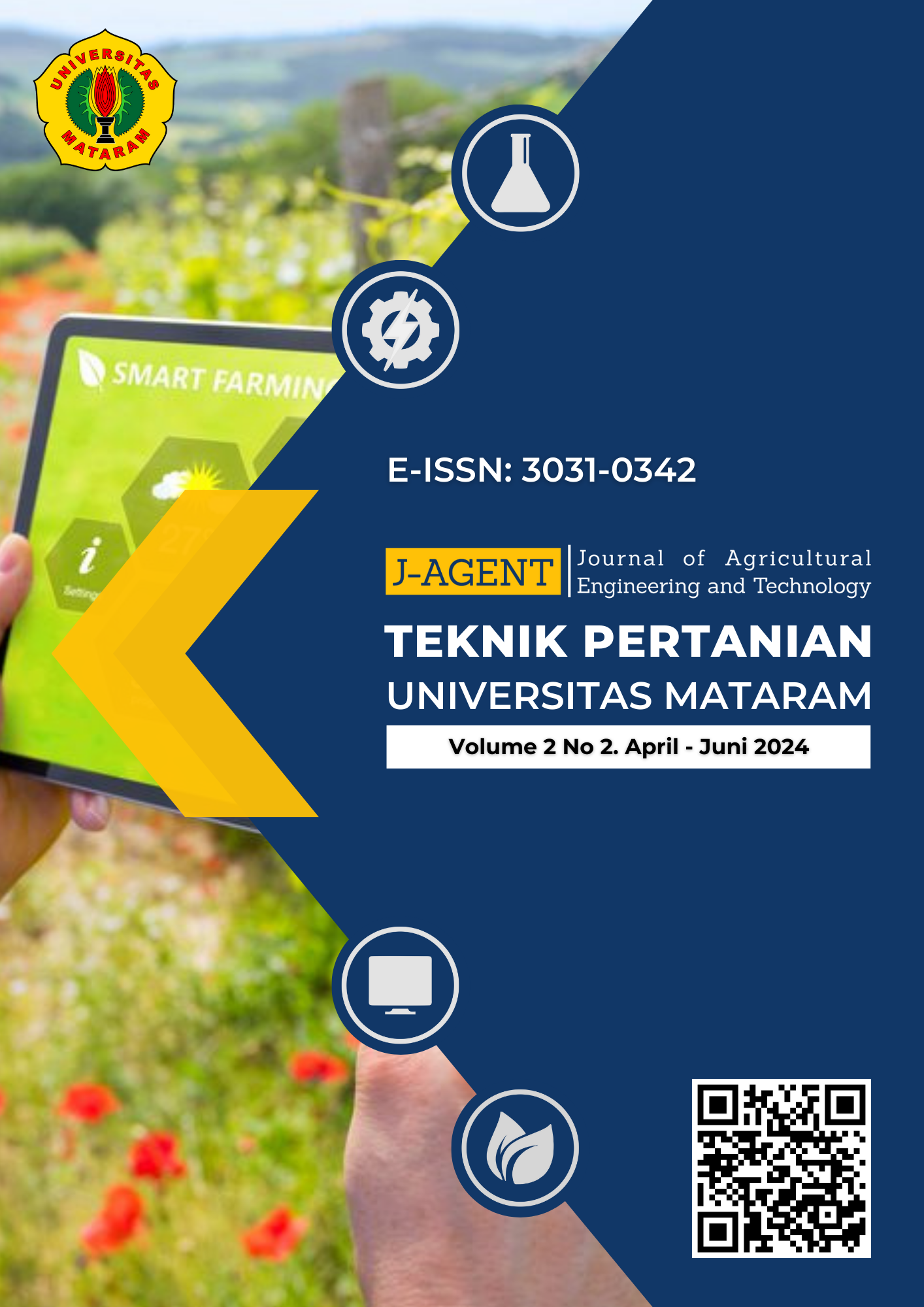Analisis Potensi Sumber Daya Air Sungai Irigasi Suplesi Gebong Untuk Perencanaan Pembangkit Listrik Di Desa Peresak Kecamatan Narmada Kabupaten Lombok Barat
Kata Kunci:
potensi daya air; debit; head; PLTMhAbstrak
Penelitian tentang Analisis Potensi Sumber Daya Air Sungai Irigasi Suplesi Gebong untuk Perencanaan Pembangkit Listrik di Desa Peresak Kecamatan Narmada Kabupaten Lombok Barat telah dilakukan. Tujuan dari penelitian ini adalah untuk menganalisis ketersediaan debit pada sungai irigasi Suplesi Gebong, mengetahui ketersediaan daya yang dihasilkan oleh aliran sungai, serta mengetahui jenis pembangkit yang dapat direncanakan berdasarkan daya yang dihasilkan. Penelitian ini dilakukan dengan menggunakan metode eksperimental dengan pengambilan data di lapangan. Pengukuran parameter pada penelitian ini dilakukan dengan mengukur kedalaman sungai, lebar sungai, kecepatan aliran untuk mendapatkan nilai debit dan mengukur elevasi pada bagian hulu dan hilir di lokasi penelitian. Data debit dan head yang didapatkan digunakan untuk menghitung potensi daya yang dapat dibangkitkan. Berdasarkan hasil penelitian diperoleh nilai head efektif sebesar 0,9 m dan nilai debit sesaat berkisar antara 0,33 m³/s sampai 0,58 m³/s. Potensi daya yang diperoleh berdasarkan debit dan head adalah sebesar 2,91 kW sampai 5,12 kW dan memenuhi syarat untuk pembangkit jenis Pico-hidro dan Mikro-hidro (PLTMh).


